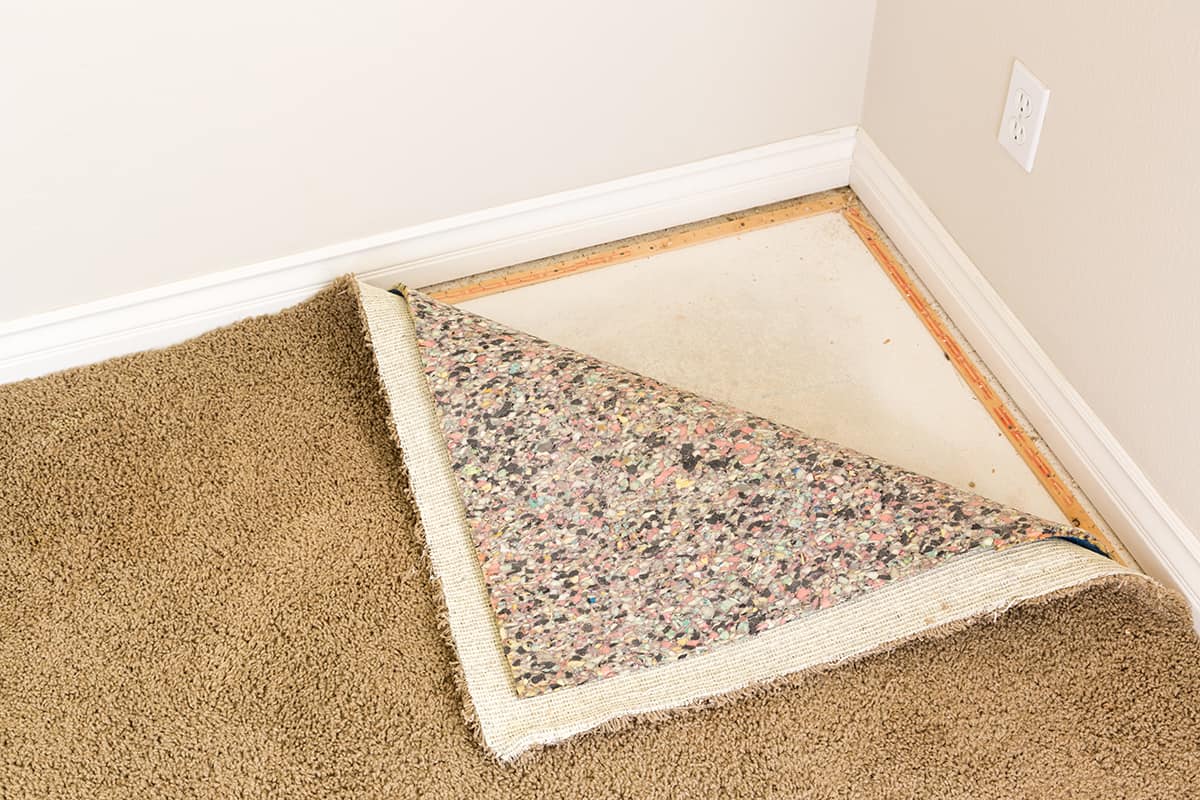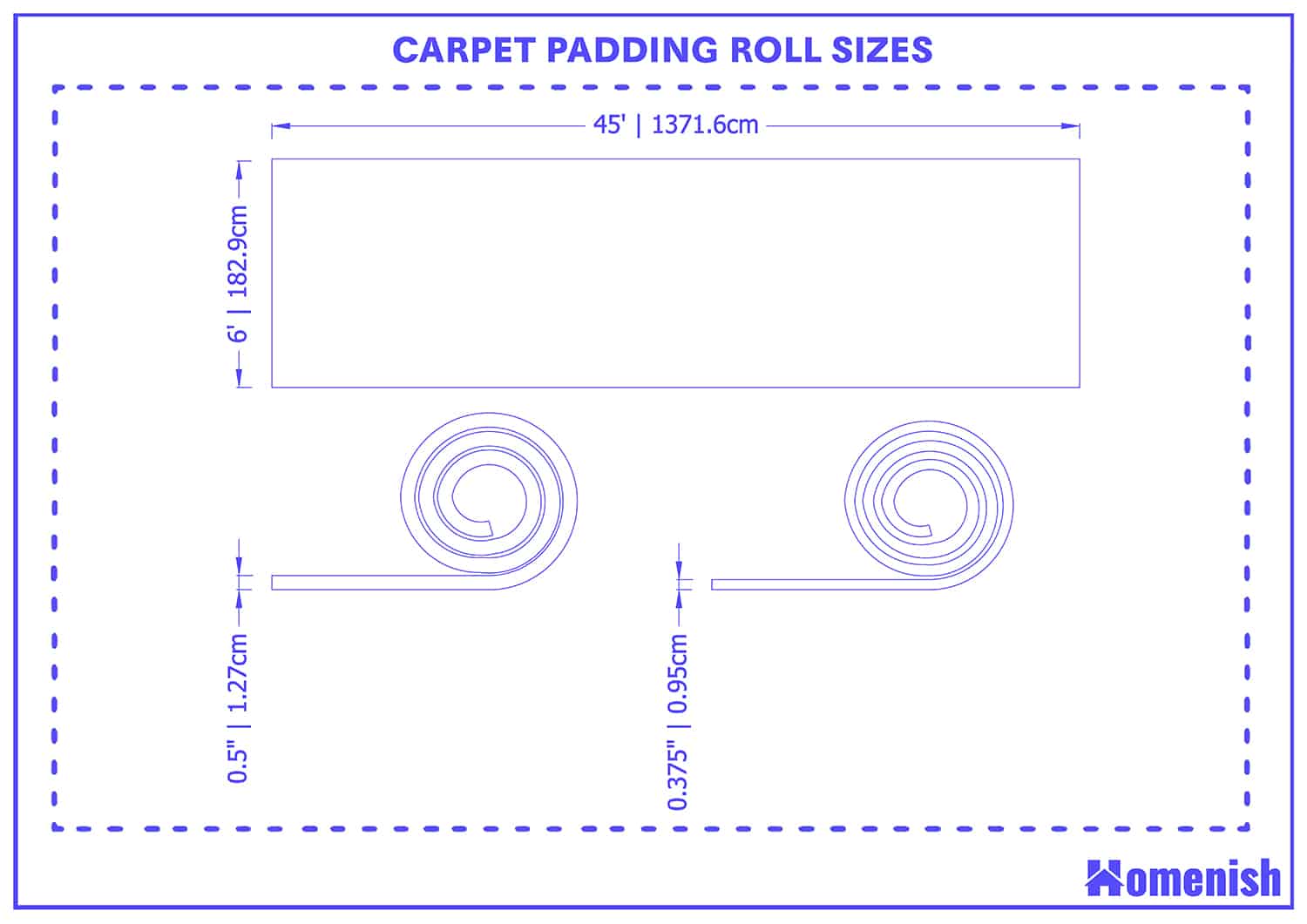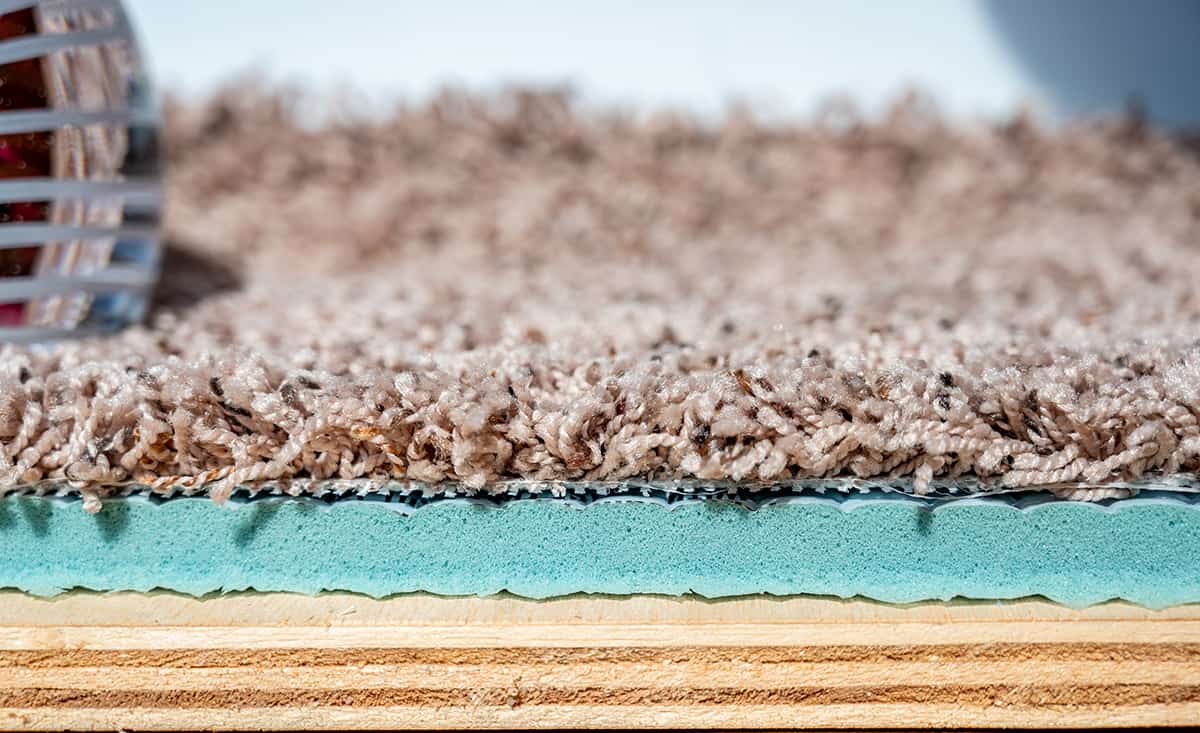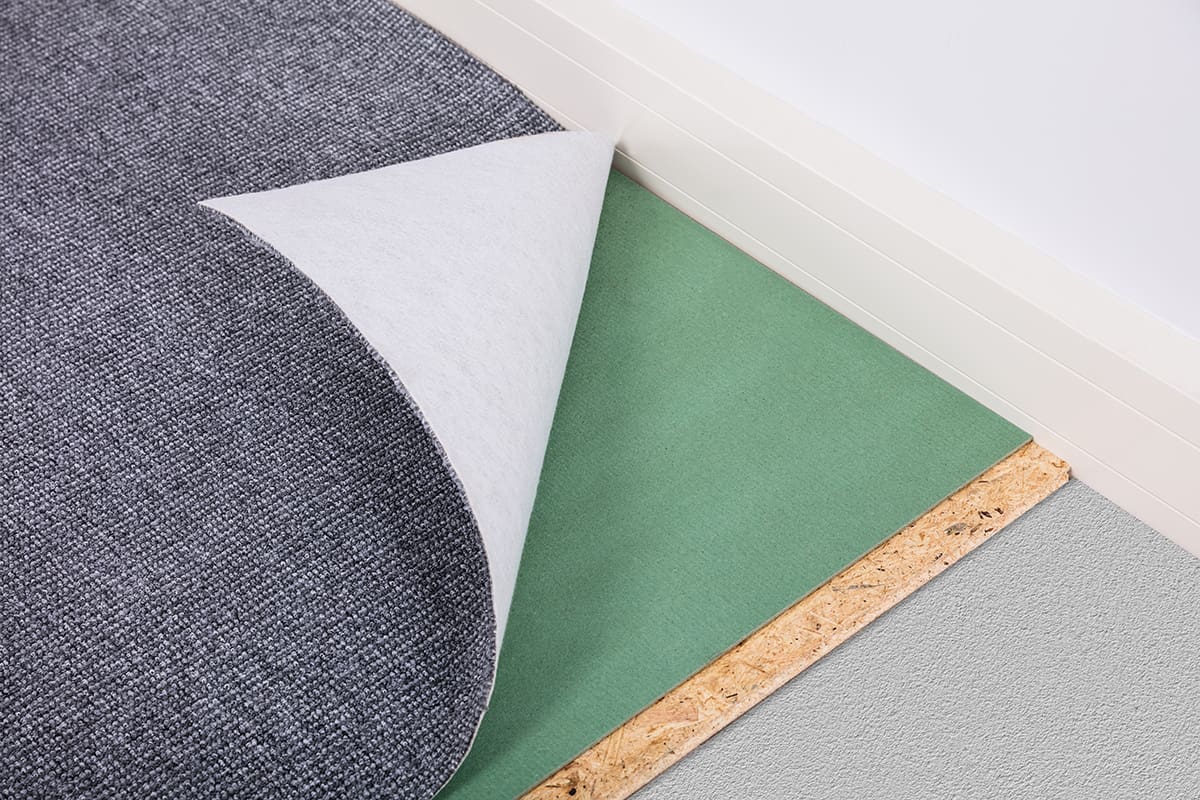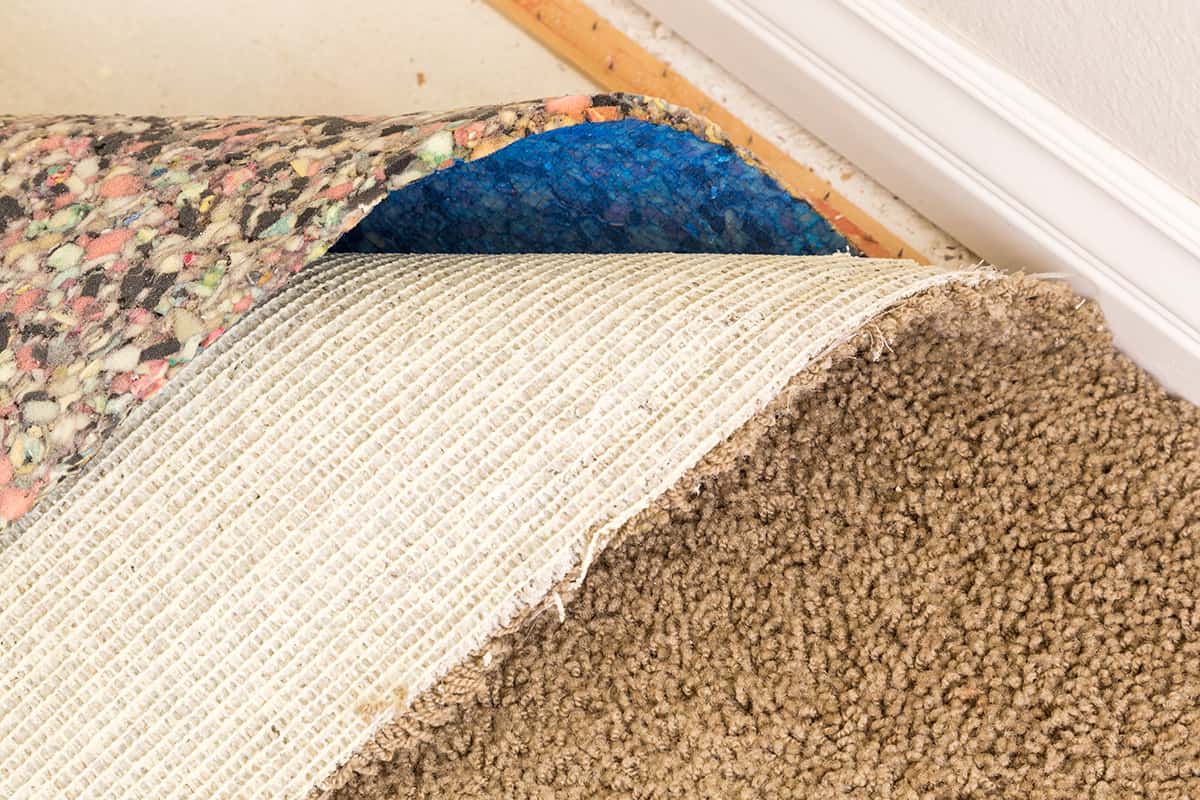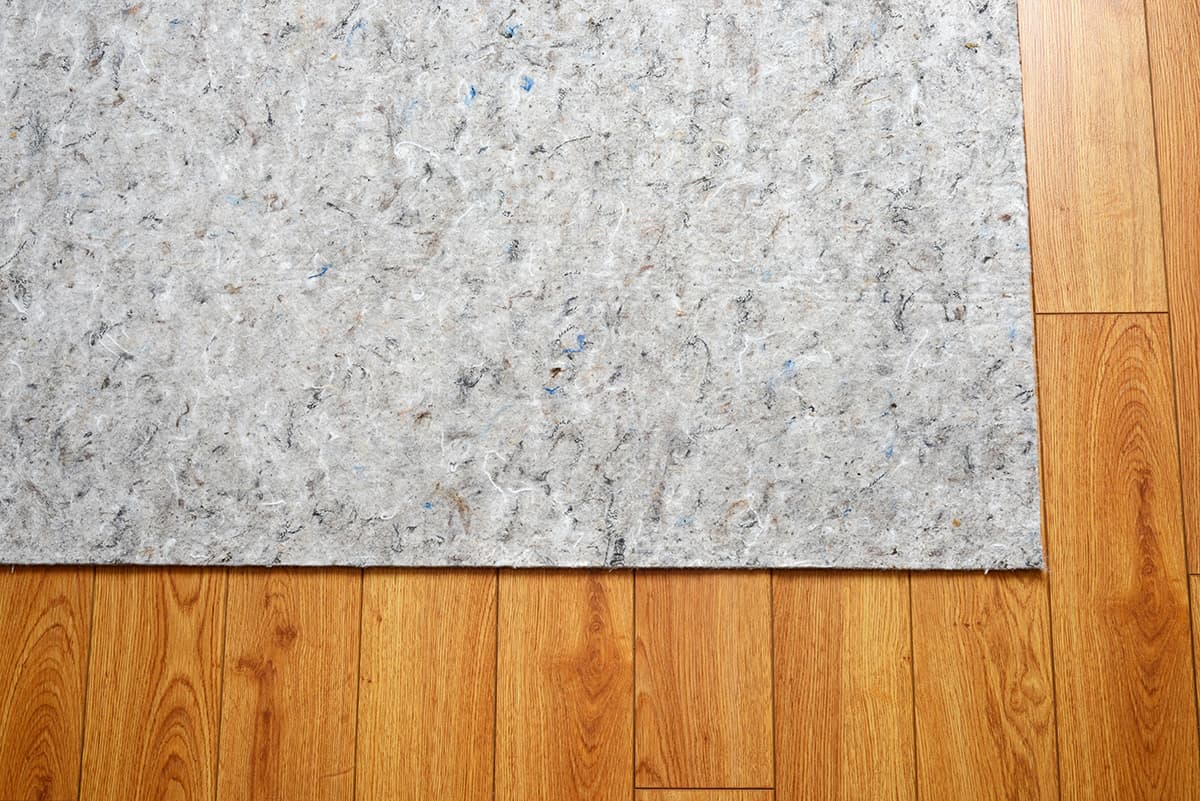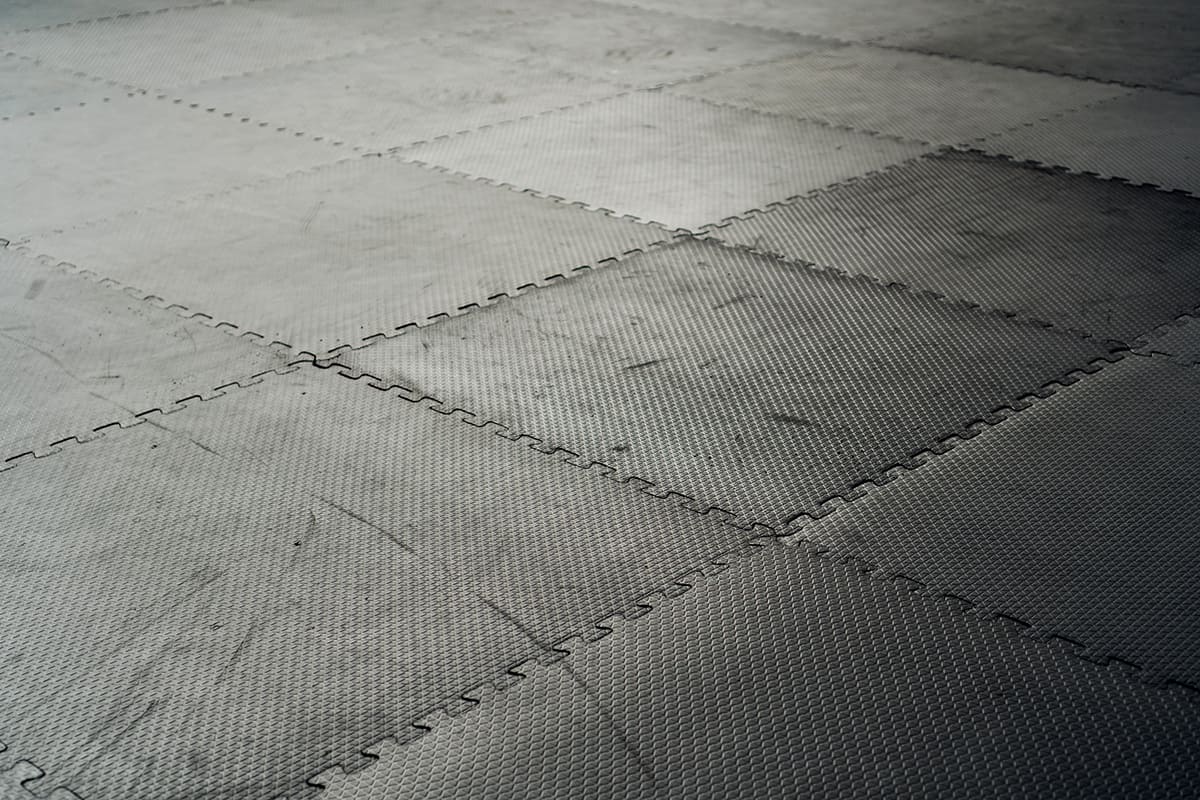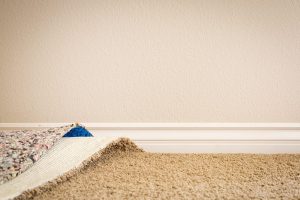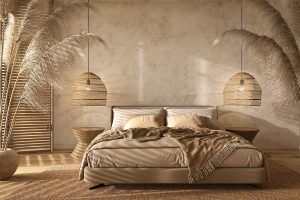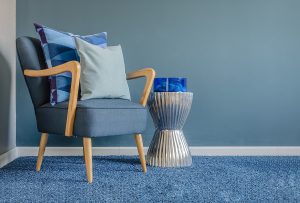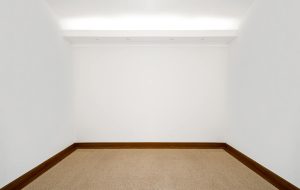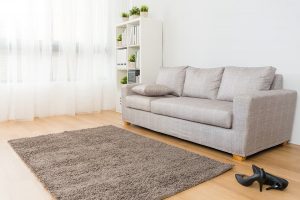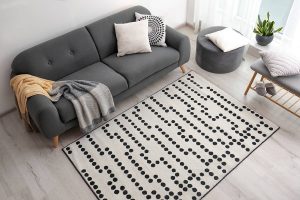Carpet padding is the material that is fitted in between your solid floor and your carpet. It is also known by the name ‘underlay’ because it lies under the carpet. Carpet padding serves the purpose of making a carpet feel plusher underfoot since it provides a cushioned surface. It also helps to protect the floor beneath from damage, and it prolongs the life of the carpet.
Some studies estimate that carpet that does not have padding underneath it will shed as much as 15% more than carpet which does have padding.
Using padding will mean that your carpet does not need to be replaced as frequently, so even though it may seem like an unnecessary expense, it can actually save you money in the long run, as well as provide you with a more comfortable carpet to live with.
Here we look at the standard size of carpet padding rolls and the amount of space they cover, along with different types of carpet padding.
Carpet Padding Sizes
Understanding the size that carpet padding rolls come in will help you figure out exactly how much you need to order. Carpet padding can be quite an expense, so you want to be as accurate as possible so that you don’t need to pay for more than you will use.
The standard width of a roll of carpet padding is 6 feet, and typically a roll will contain a length of 45 feet. This means that one standard roll of the carpet padding will cover a space measuring 270 square feet.
Carpet rolls need to be much wider because they can’t have joins that are visible; however, carpet padding can be cut to size a bit like a puzzle because you won’t be able to see or feel the joins in the padding once the carpet is fitted on top.
This means that a 6-foot-wide roll of carpet padding is perfectly suitable for a room, even if it measures more than 6 feet in either direction.
However, for the sake of ease, you can get extra wide rolls of carpet padding for large spaces. Non-standard carpet padding rolls can be 12 feet wide or 15 feet wide.
The thickness of carpet padding should also be a consideration when choosing your flooring since this will affect the feel and function of the carpet.
It is recommended that in residential settings, the carpet padding should have a maximum depth of half an inch. For low-pile carpets, you should choose slightly thinner padding at a maximum depth measurement of ⅜ inches.
Carpet Padding Types
If you are having a new carpet installed, then you not only need to choose the right one among the various types of carpet you want but also the type of padding.
The padding you choose can have a big impact on the cost of your project, and it can make a noticeable difference to how your carpet feels and looks.
Frothed foam
If you are looking for superior carpet padding that is going to feel luxurious underfoot and stand the test of time, then frothed foam is your best option.
This foam is made from urethane, and it is incredibly durable and resilient; however, these outstanding qualities mean that it does come with an expensive price tag. Frothed foam has a higher density than other types of foam carpet padding, which is what makes it feel cushioned yet firm.
Memory foam
Memory foam and frothed foam are similar in their composure, but memory foam has been permeated with gel, which gives it a slower sinking feeling.
Memory foam carpet padding has much the same feel as a memory foam mattress or pillow, so if you want the same response under your feet, then this is a good option for beneath your carpet. It isn’t as durable as frothed foam, so use it for rooms that see less foot traffic, such as bedrooms.
Rebond
Rebond carpet padding is made from recycled particles of foam that have been fused together, and this is why it has a multi-colored speckled look.
This type of carpet padding is the most popular option amongst homeowners because it typically offers the best value for money. Rebond padding is fairly durable while still being one of the cheapest types available. It is a good choice for most areas of the home, but it is not ideal for high-traffic areas such as entrance halls and living rooms.
Waffle pad
This is a more traditional type of carpet padding that is still in circulation today. It gets its name from the fact that it looks like a giant foam waffle, and it is popular due to its low price.
It offers a similar level of comfort to rebound, but it is generally less durable. If you opt for waffle padding, be sure to choose a high density.
Prime foam
Despite its name, prime foam is not the best type of foam carpet padding. It is a mid-range option that will deliver moderate results at a moderate price.
Prime foam performs better than rebond foam but not as well as frothed or memory foam. It is a suitable choice for low to medium-traffic areas of the home.
Fiber pad
Fiber pads are made from natural materials such as jute, so these represent a good option if you want to minimize the use of synthetic materials in your home.
Fiber pads under carpets will not give a plush, cushioned feel and instead offer a flat, denser, and more resistant surface for your feet. This type of carpet padding is typically inexpensive.
Rubber pad
Rubber pad rates as highly as frothed foam as an underlayer for carpets. It is dense and durable, making it suitable for even very high foot traffic rooms in the home.
If you have allergies, then natural rubber padding is great because it is hypoallergenic. Like frothed foam padding, rubber pad comes with a hefty price tag, so it won’t suit budget projects.
